Everest Base Camp Trek Overview
The Everest Base Camp Trek is one of the most iconic and life-changing adventures in the world. The journey takes you to the base of the tallest mountain on Earth, Mount Everest (8,848.86 meters / 29,031.7 feet). It is located in the breathtaking Khumbu region of Nepal. This legendary trek combines spectacular Himalayan landscapes, rich Sherpa culture, and thrilling high-altitude trekking. Whether you’re a seasoned hiker or a determined first-time trekker, this is more than just a journey, but an experience you will remember for a lifetime.
This 14 days Everest Base Camp trek begins with a scenic flight from Kathmandu to Lukla, one of the most thrilling mountain flights in the world. From Lukla, the trail leads through charming Sherpa villages, such as Phakding, and the bustling Namche Bazaar, known as the “Gateway to Everest.” Along the way, trekkers pass through rhododendron forests, cross iconic suspension bridges over the Dudh Koshi River, and enjoy panoramic views of towering peaks. The route also offers visits to culturally significant sites like the serene Tengboche Monastery, where the backdrop of Ama Dablam and Everest creates a picture-perfect scene.
With proper acclimatization days built into the itinerary, trekkers gradually ascend to the world-famous Everest Base Camp (5,364 meters) and the Kala Patthar viewpoint (5,545 meters). From here, you’ll witness the most stunning sunrise over Everest, along with close-up views of Lhotse, Nuptse, Makalu, Cho Oyu, Pumori, and Thamserku. This trek not only showcases 3 of the six highest peaks in the world but also reveals the untamed beauty of glaciers, icefalls, and rugged mountain terrain.
Accommodation along the trail is in traditional Everest tea houses, offering warm hospitality and a taste of authentic Himalayan life. The journey is not just about reaching a destination; it’s about experiencing the Sherpa culture, visiting prayer flag-draped chortens, spinning prayer wheels, and learning about the deep spiritual connection between the people and the mountains.
The Everest trek is achievable for beginners with good physical fitness, determination, and adequate preparation. Trekkers can also choose shorter variations like the Everest Base Camp with helicopter return or the Everest Panorama Trek for a faster yet equally rewarding experience.
In addition to the incredible natural beauty, the Everest region holds a special place in mountaineering history. Walking in the footsteps of legends like Sir Edmund Hillary and Tenzing Norgay, you’ll gain a deeper appreciation for the human spirit’s resilience and the allure of the world’s highest peaks.
So, pack your bags and get ready for an unforgettable adventure. The EBC Trek is truly a once-in-a-lifetime journey. Whether you want to tick off a bucket-list goal, capture the perfect Himalayan sunrise, or immerse yourself in Sherpa traditions, this trek offers it all. Create travel stories you’ll cherish forever, and let the magic of the Everest region stay with you long after your boots leave the trail.
How Do You Get to Everest Base Camp ?
The EBC Trek is one of the most iconic trekking adventures in the world, beginning at Lukla Airport (2,860m), famously known as the gateway to Everest, and culminating at Everest Base Camp (5,364m) and Kala Patthar (5,545m). This legendary trail takes trekkers deep into the heart of the Khumbu region of Nepal, offering dramatic landscapes, high-altitude challenges, and cultural encounters with the Sherpa community.
From Lukla, the trek begins with a gentle descent to Phakding on the first day, following the Dudh Koshi River and crossing several iconic suspension bridges adorned with colorful prayer flags. The second major stop is the vibrant mountain hub of Namche Bazaar (3,440m), a trading center where trekkers find gear shops, cozy bakeries, and stunning viewpoints of Mount Everest, Lhotse, and Ama Dablam.
After an acclimatization day in Namche to adjust to the altitude, the trail winds toward Tengboche, home to the famous Tengboche Monastery, the spiritual heart of the Khumbu, set against the breathtaking backdrop of Ama Dablam. From here, the trek passes through Pangboche and Dingboche, where trekkers spend another acclimatization stop surrounded by towering peaks and serene alpine meadows.
Beyond Dingboche, the path climbs past Lobuche toward Gorak Shep, the last settlement before reaching the legendary Everest Base Camp. Standing at the foot of the world’s tallest mountain, surrounded by icefalls, glaciers, and towering peaks, is an experience beyond words. For the ultimate view, trekkers make an early morning ascent of Kala Patthar to witness an unforgettable sunrise over Mount Everest, a moment considered the highlight of the trek.
The Everest trek is a classic teahouse trek in Nepal, meaning you’ll stay in local lodges that offer both accommodation and traditional Nepali meals. This makes the journey logistically straightforward while allowing for cultural immersion into the Sherpa lifestyle. Along the way, trekkers are rewarded with panoramic views of Himalayan giants like Mount Makalu (8,481m), Mount Cho Oyu (8,188m), Nuptse (7,861m), Pumori (7,161m), and Thamserku (6,608m).
Whether you’re drawn to the mountain scenery, Sherpa culture, or the challenge of trekking in high-altitude terrain, the route from Lukla to Everest Base Camp and Kala Patthar is an experience for a lifetime. The journey is not just about reaching a destination; it’s about experiencing the Himalayan wilderness, following in the footsteps of mountaineering legends, and creating memories that will last forever.
Trek Route Details & Highlights – Everest Base Camp Trek Itinerary
The Everest Base Camp Trek is a legendary 14-day Himalayan journey that takes you deep into the heart of the Khumbu region, offering a perfect blend of breathtaking mountain scenery, high-altitude adventure, and immersive Sherpa culture.
Your trek begins with a thrilling scenic flight from Kathmandu to Lukla Airport (2,860m) — one of the most famous and adventurous airstrips in the world. This marks the gateway to your unforgettable journey along the iconic Everest trekking route.
From Lukla, the trail gradually ascends through lush rhododendron and pine forests, over swaying suspension bridges, and into traditional Sherpa villages nestled among snow-capped peaks. You'll follow the mighty Dudh Koshi River, passing sacred Buddhist landmarks and enjoying awe-inspiring views of Mount Everest and neighboring giants like Ama Dablam, Lhotse, and Thamserku.
Key Highlights of the Everest Base Camp Trek:
Scenic Flight to Lukla – Gateway to Everest
Kick off your adventure with a short but spectacular mountain flight from Kathmandu to Lukla. Enjoy bird’s-eye views of the Himalayan range, including glimpses of Mount Everest on clear days. The flight lands at Tenzing-Hillary Airport, a small mountaintop runway that sets the tone for the adventure ahead.
Trek Through Traditional Sherpa Villages
The trail passes through historic Himalayan settlements like Phakding, Namche Bazaar, Tengboche, Dingboche, Lobuche, and Gorak Shep. These high-altitude villages offer a rare insight into the daily life of the Sherpa people, known for their hospitality, resilience, and mountaineering legacy.
Namche Bazaar – The Sherpa Capital (3,440m)
Spend a rest and acclimatization day in Namche Bazaar, the bustling heart of the Khumbu. Known as the “Gateway to Everest”, Namche offers everything from trekking gear and cafes to panoramic viewpoints like the Everest View Hotel. Enjoy your first unobstructed views of Everest, Lhotse, and Ama Dablam.
Tengboche Monastery – Spiritual Heart of the Khumbu
At 3,867m, Tengboche Monastery is the largest and most revered Buddhist monastery in the region. Surrounded by pine forests and framed by Ama Dablam, it offers a peaceful, spiritual pause in your journey. Don’t miss the chance to attend a monk-led puja ceremony.
Everest Base Camp (5,364m) – Stand at the Foot of the Giant
Arriving at Everest Base Camp is the emotional climax of the trek. You’ll walk across glacial moraines and icy terrain to reach the iconic base from where climbers attempt the summit of Mount Everest. The feeling of standing at the base of the world’s tallest mountain is indescribable.
Sunrise at Kala Patthar (5,545m) – The Best View of Everest
The highest point of the trek, Kala Patthar offers the most dramatic close-up views of Mount Everest, Nuptse, Pumori, and the Khumbu Glacier. Start the climb before dawn to witness a magical sunrise over Everest, with golden light washing over the Himalayas — an experience that will stay with you forever.
Traditional Teahouse Stays – Warmth in the Wilderness
Along the route, you’ll stay in cozy Himalayan teahouses, small family-run lodges that provide a warm bed, hot meals, and a welcoming environment. Typical meals include dal bhat (lentils and rice), yak curry, noodles, and fresh momos. It’s a perfect way to relax and connect with locals after a long day of trekking.
Sherpa Culture & Buddhist Traditions
The Everest Base Camp trail is steeped in spiritual and cultural significance. Along the way, you’ll pass mani walls, chortens, prayer flags, and prayer wheels, symbols of Buddhist devotion. The deep connection between the Sherpa people and the mountains makes this trek as soulful as it is scenic.
Is the Everest Base Camp Trek Right for You?
The Everest Base Camp Trek is one of the most rewarding and accessible high-altitude adventures in the world. While challenging, the Everest trek is achievable for beginners with a good level of physical fitness, the right preparation, and a positive mindset. This is a non-technical trek, which means you don’t need climbing skills, but you do need to be ready for long trekking days, basic mountain accommodations, and the effects of high-altitude trekking.
Despite being a non-technical route, the Everest Base Camp Trek is still physically demanding due to the altitude. Most of the Everest trekking trail lies above 3,000 meters, and the trek reaches its highest point at Kala Patthar (5,545 meters). The thin air at high elevations makes the journey more difficult, especially for those who are not used to altitude trekking.
That’s why the standard Everest Base Camp Trek itinerary includes built-in acclimatization days in places like Namche Bazaar and Dingboche. These rest days help your body gradually adjust to the altitude, reducing the risk of Acute Mountain Sickness (AMS). Proper acclimatization is key to completing the Everest trek safely and successfully.
The Everest Base Camp Trek is suitable for first-time trekkers, solo travelers, small groups, and even older adventurers in good health. If you can walk for 5–7 hours per day, carry a light backpack, and maintain a steady pace, then you can complete the Everest Base Camp journey. Training in advance through regular cardio workouts, hiking, or stair climbing is highly recommended.
If you’re short on time or worried about the physical toll of a full Everest Base Camp Trek, you can opt for a shorter variation. One popular option is the Everest Base Camp Trek with Helicopter Return. This version allows you to trek to Base Camp and then fly back to Kathmandu by helicopter, reducing the total number of days required and minimizing fatigue.
Another excellent alternative is the Everest Panorama Trek, a shorter trek that reaches as far as Tengboche Monastery. This route still offers stunning views of Mount Everest, Ama Dablam, and Lhotse, while staying below 4,000 meters. It’s ideal for those who want the essence of the Everest trekking experience without going all the way to Base Camp.
Whether you complete the full Everest Base Camp Trek, or choose a shorter version, the experience will be life-changing. The landscapes, the Sherpa hospitality, the prayer flags, and the moment you stand in the shadow of Mount Everest, it all becomes a memory you’ll carry forever.For those who dream of adventure, challenge, and the majesty of the Himalayas, the Everest Base Camp Trek is not just a journey , it’s a personal achievement and a story worth telling.
Why Choose the Everest Base Camp Trek?
Choosing the Everest Base Camp Trek is about more than just ticking off a bucket-list destination, it’s about embracing a once-in-a-lifetime Himalayan adventure that will stay with you forever. This iconic trail allows you to literally walk in the footsteps of mountaineering legends like Sir Edmund Hillary and Tenzing Norgay, tracing their historic route to the world’s highest mountain.
What makes the Everest trekking experience so special is not only the dramatic landscapes and towering snow-covered peaks, but the emotional journey it becomes. The sense of accomplishment when you reach Everest Base Camp (5,364 meters) is indescribable,it's a victory over altitude, fatigue, and self-doubt.
Along the way, you’ll forge deep connections with your fellow trekkers, with local Sherpa guides, and with the mountains themselves. You'll pass through remote Himalayan villages, visit sacred Buddhist monasteries, and witness prayer flags fluttering in the wind as the sun rises behind the world’s most legendary peaks.
This isn’t just a trek in Nepal. It’s a transformative experience that challenges your body, uplifts your spirit, and opens your heart. Whether you’re trekking to fulfill a lifelong dream, to push your personal limits, or to immerse yourself in Sherpa culture and Himalayan spirituality, the Everest Base Camp Trek offers a powerful combination of nature, culture, and personal growth.
You don’t need to be a mountaineer to take on this challenge you just need determination, preparation, and a desire to experience something truly extraordinary. The Everest Base Camp journey is not just about reaching the destination, but about everything you discover along the trail.
Verdict
With the right planning, mindset, and respect for altitude, the Mount Everest Base Camp Trek can be the adventure of a lifetime. From the thrilling Lukla flight to standing in Everest's shadow, it's an experience that changes you forever. Trekking to EBC is more than just reaching a famous destination; it's a life-changing journey through Nepal’s heart, culture, and towering Himalayan landscapes. Whether you choose to go solo on a budget or with the comfort of a guided group, the experience offers something deeply personal and unforgettable.
From the moment you land in Lukla to the final steps at Kala Patthar, every view, village, and conversation with locals leaves a lasting impression. At All Nepal Hiking, we don’t just guide you to Everest. We walk beside you, sharing the stories of our land and making sure your adventure is safe, meaningful, and memorable. For us, this isn’t just a trek, it’s our home. And we’re honored to welcome you to it.


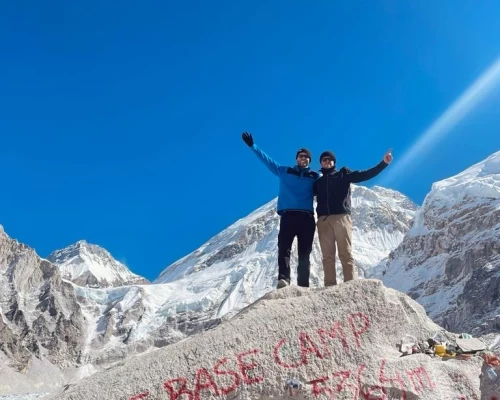
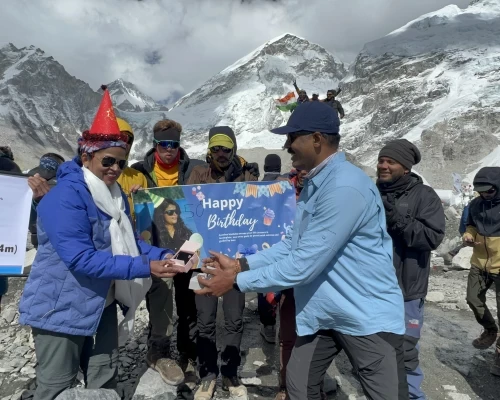
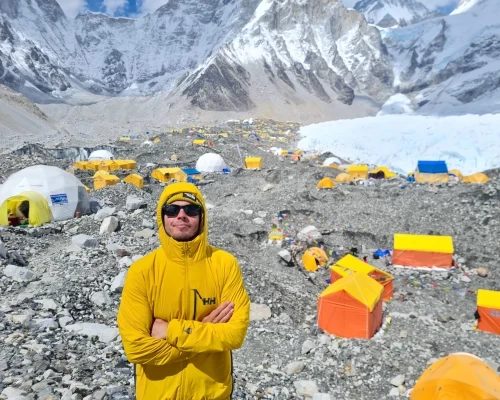

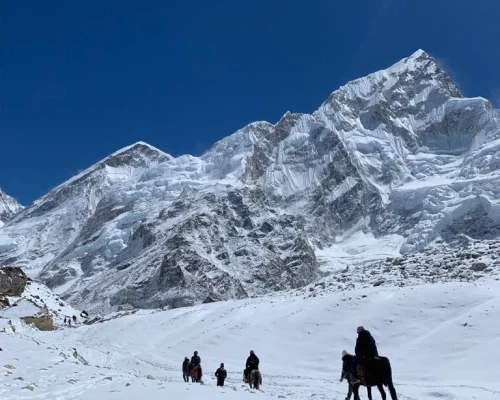
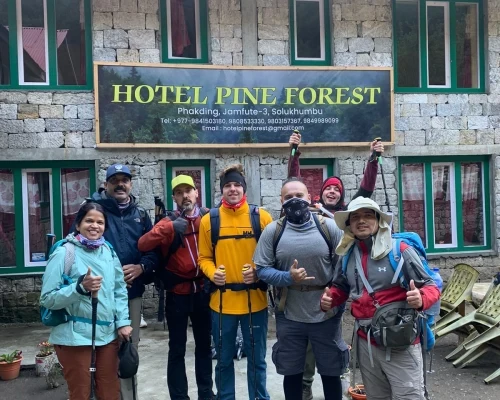
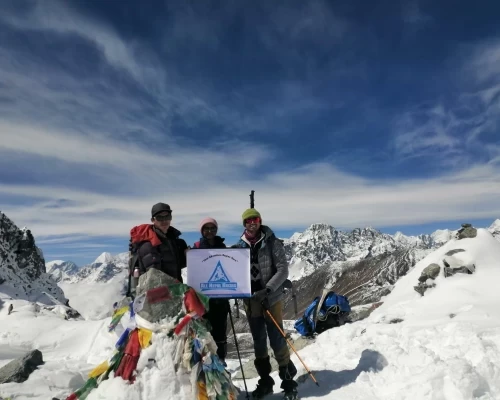
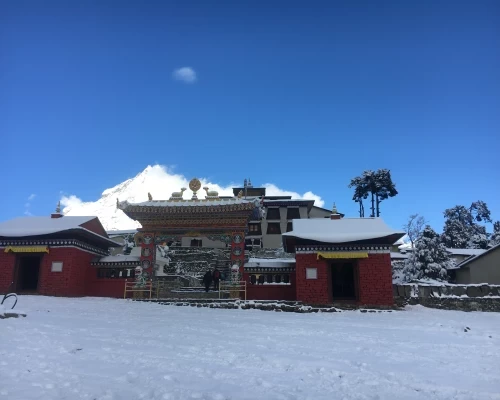
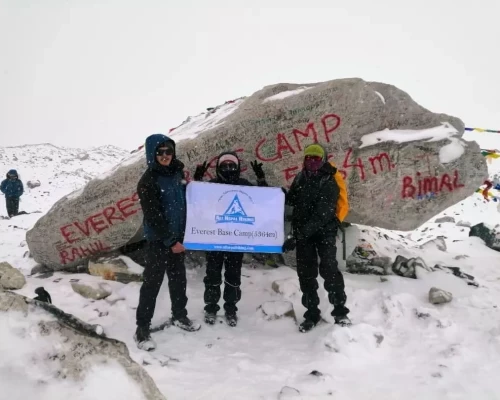
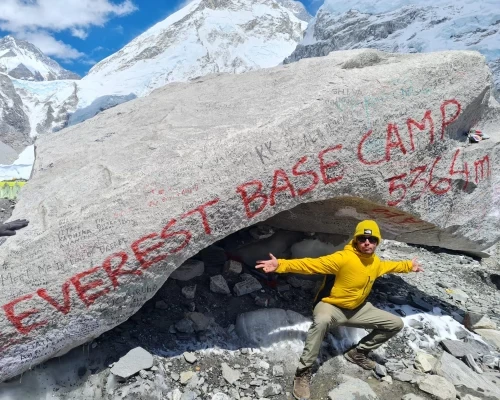
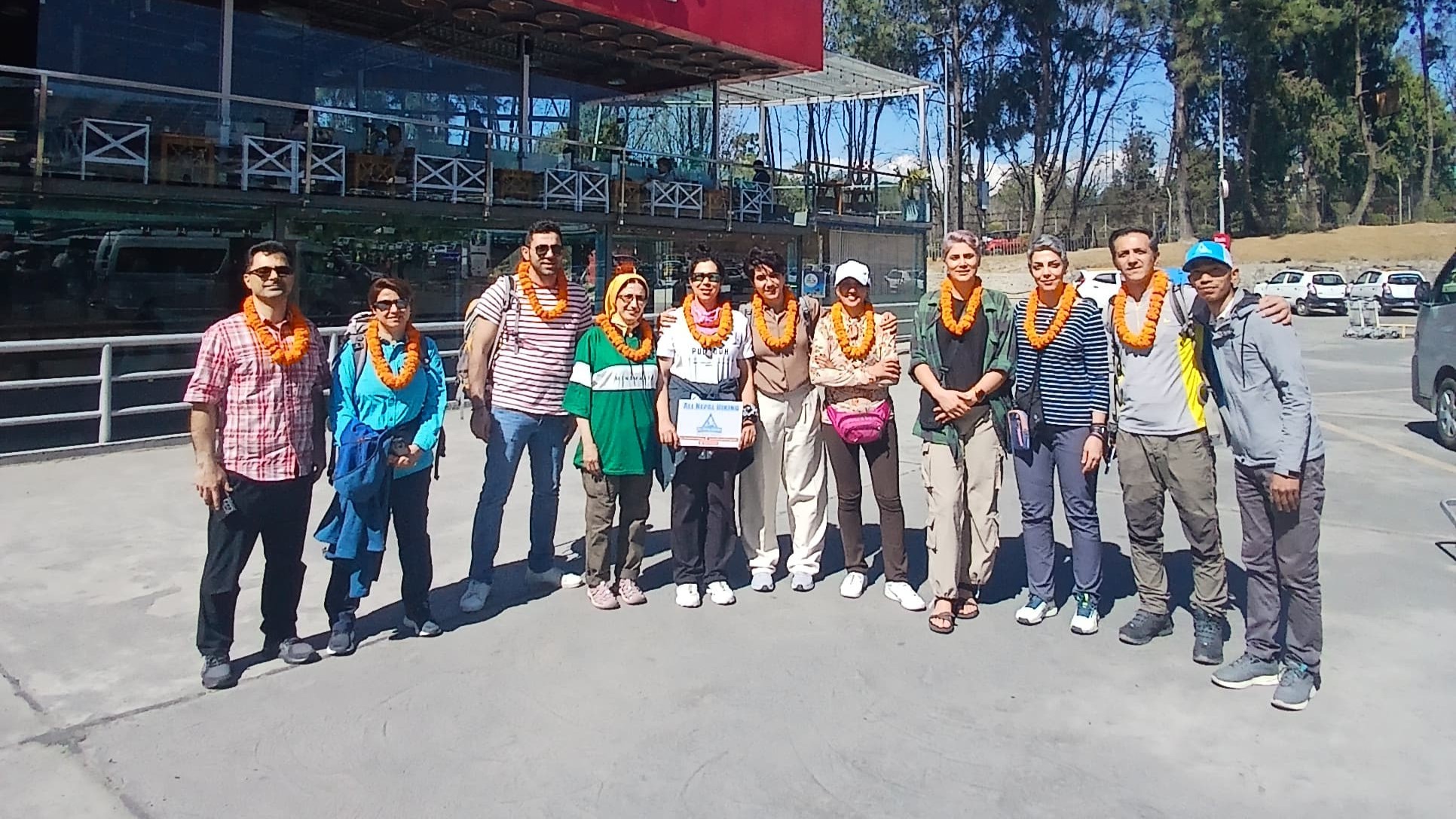

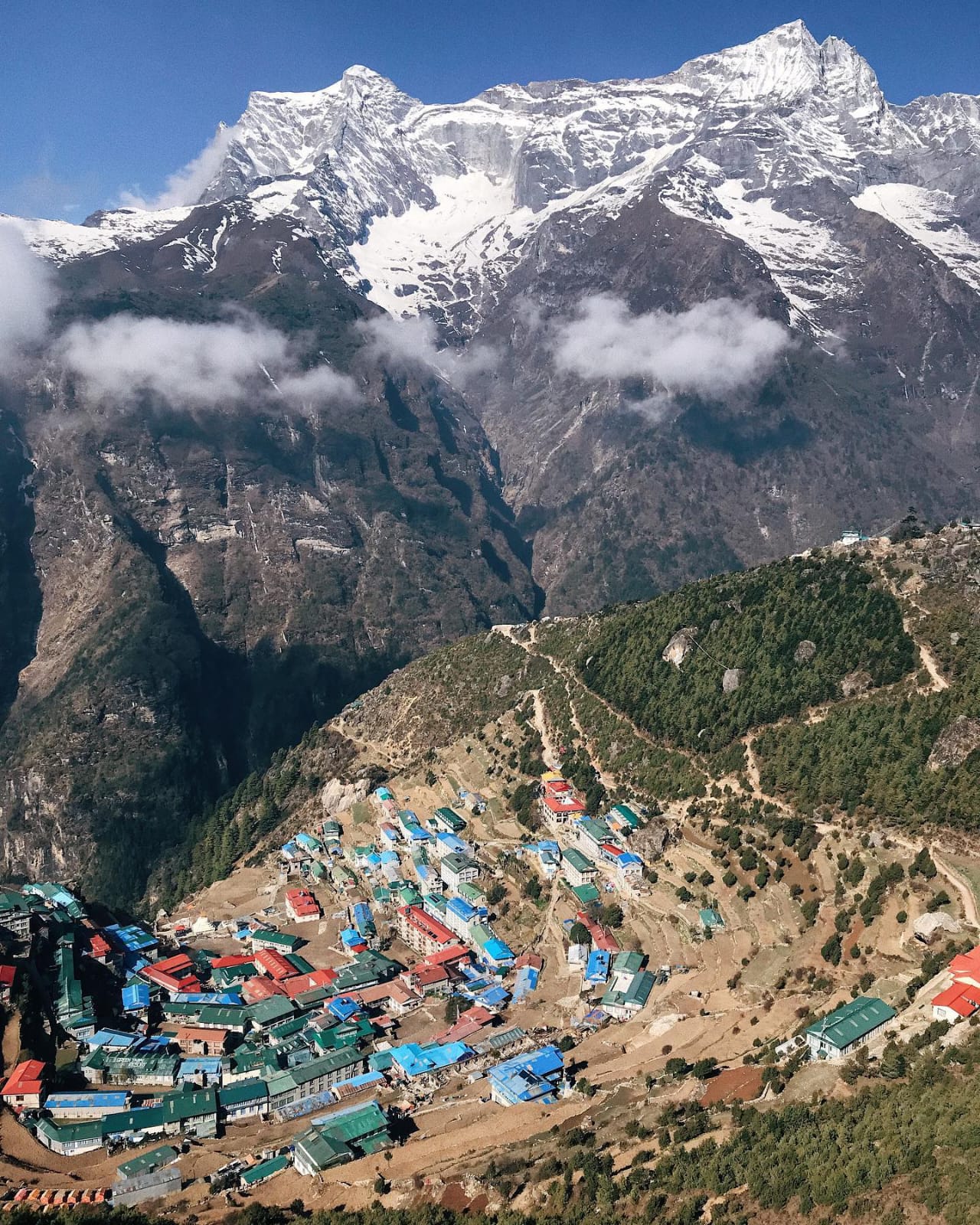
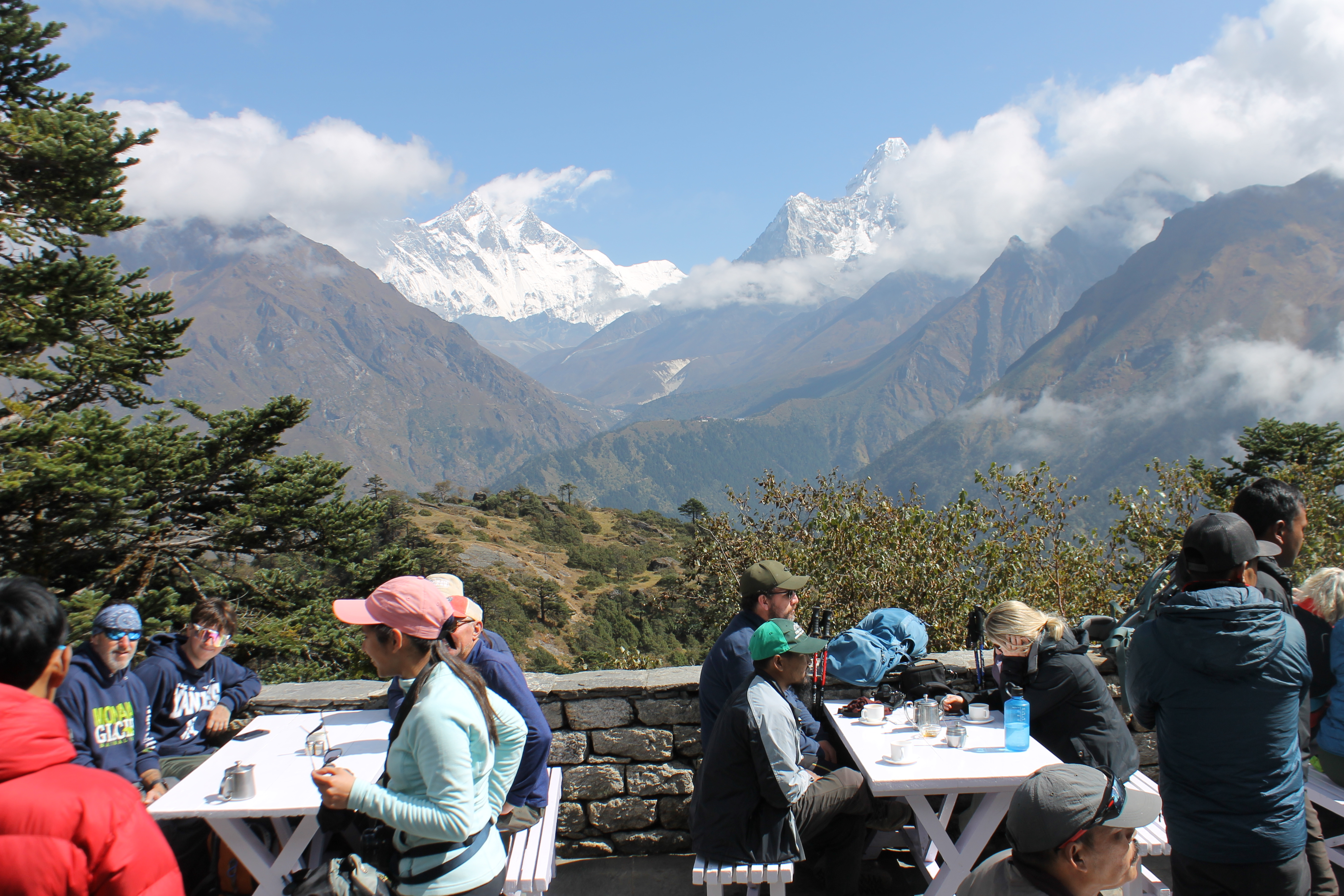
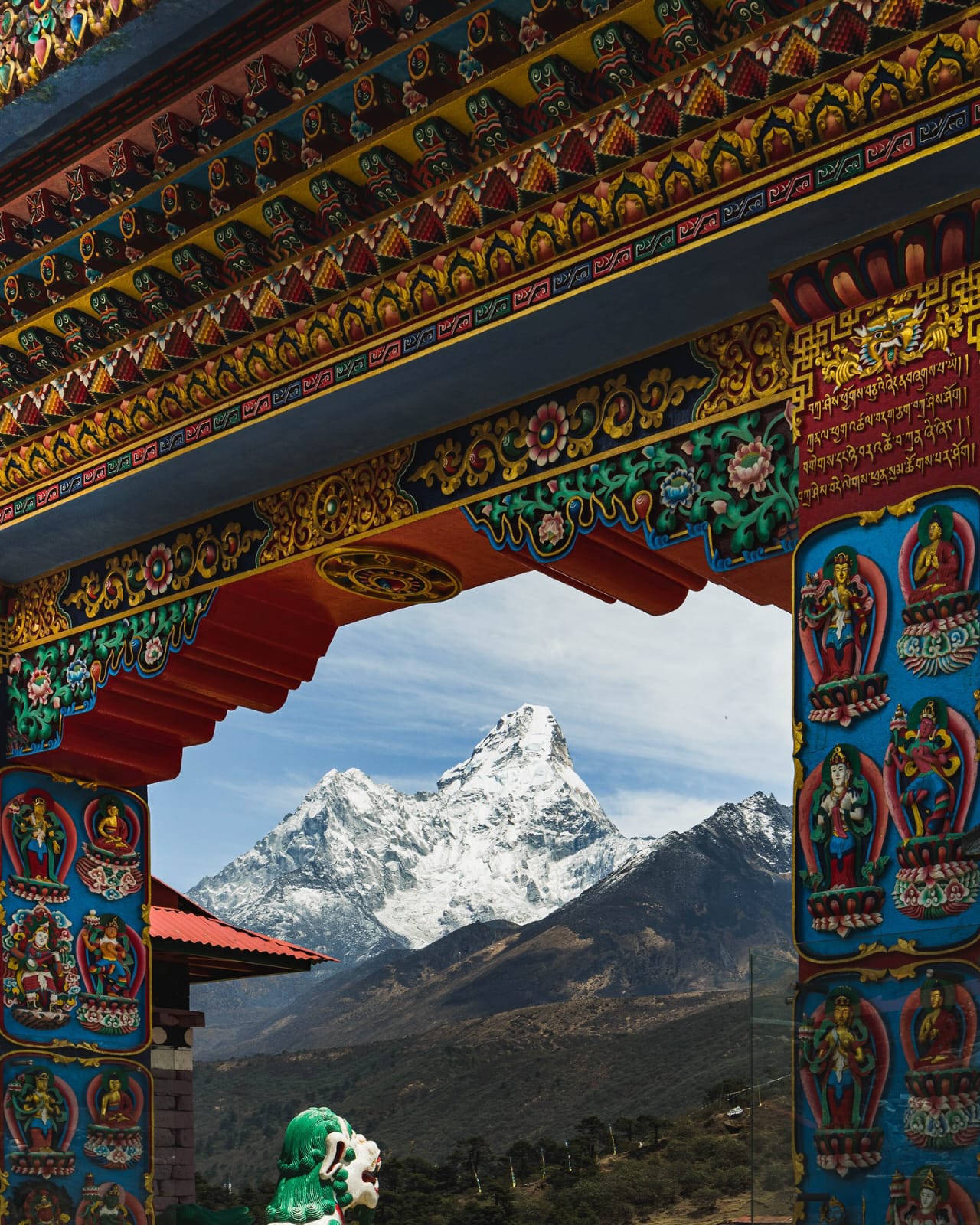

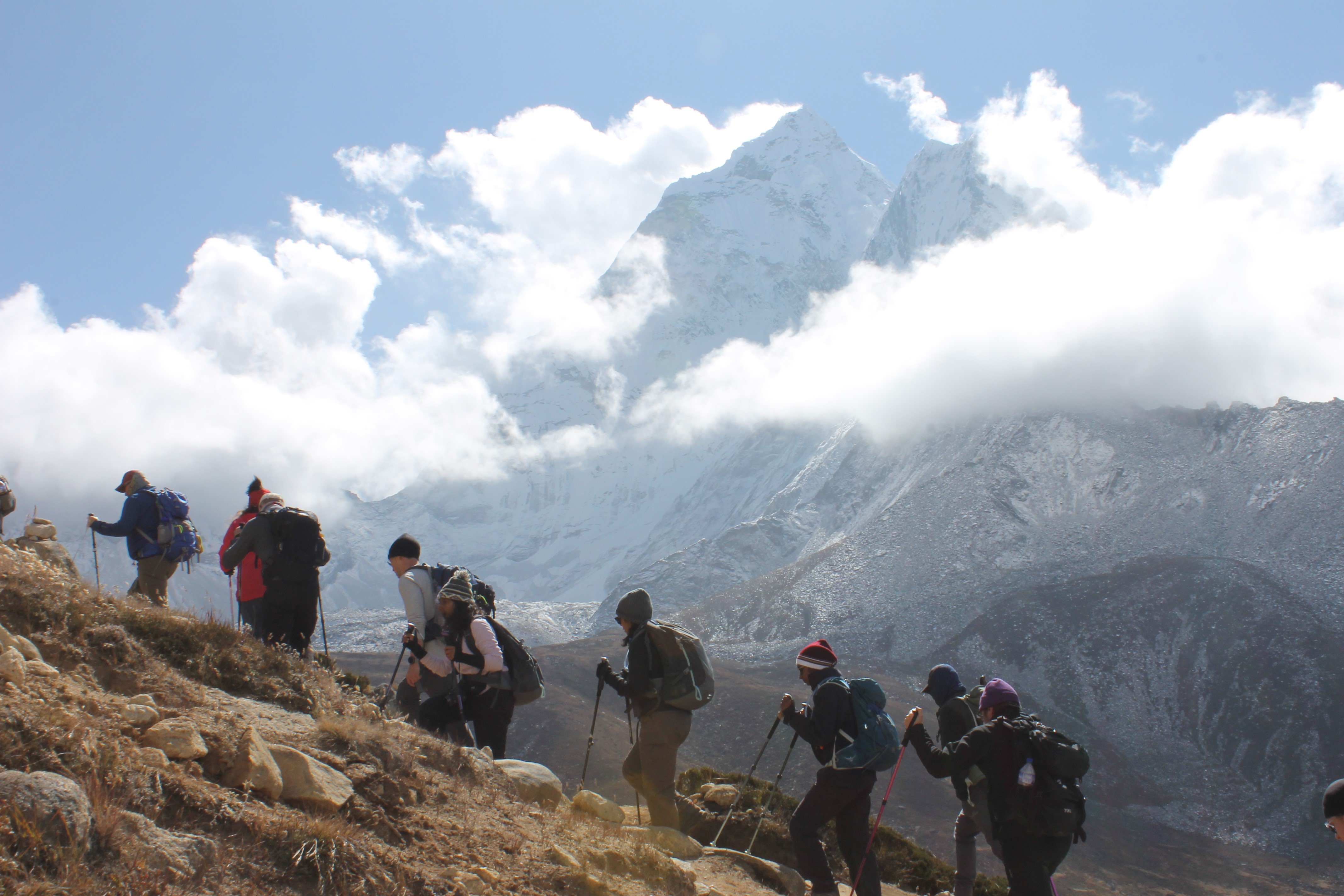
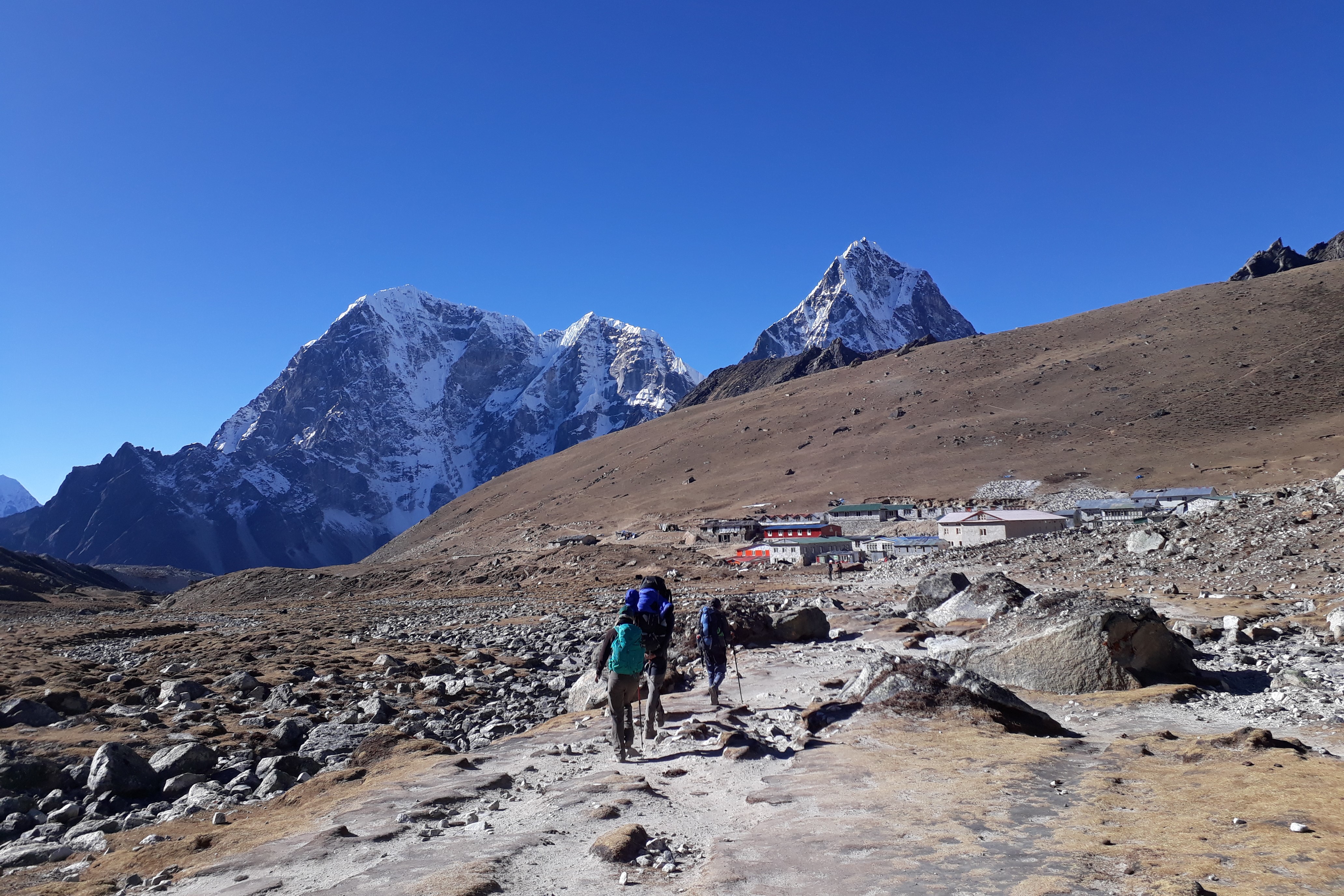


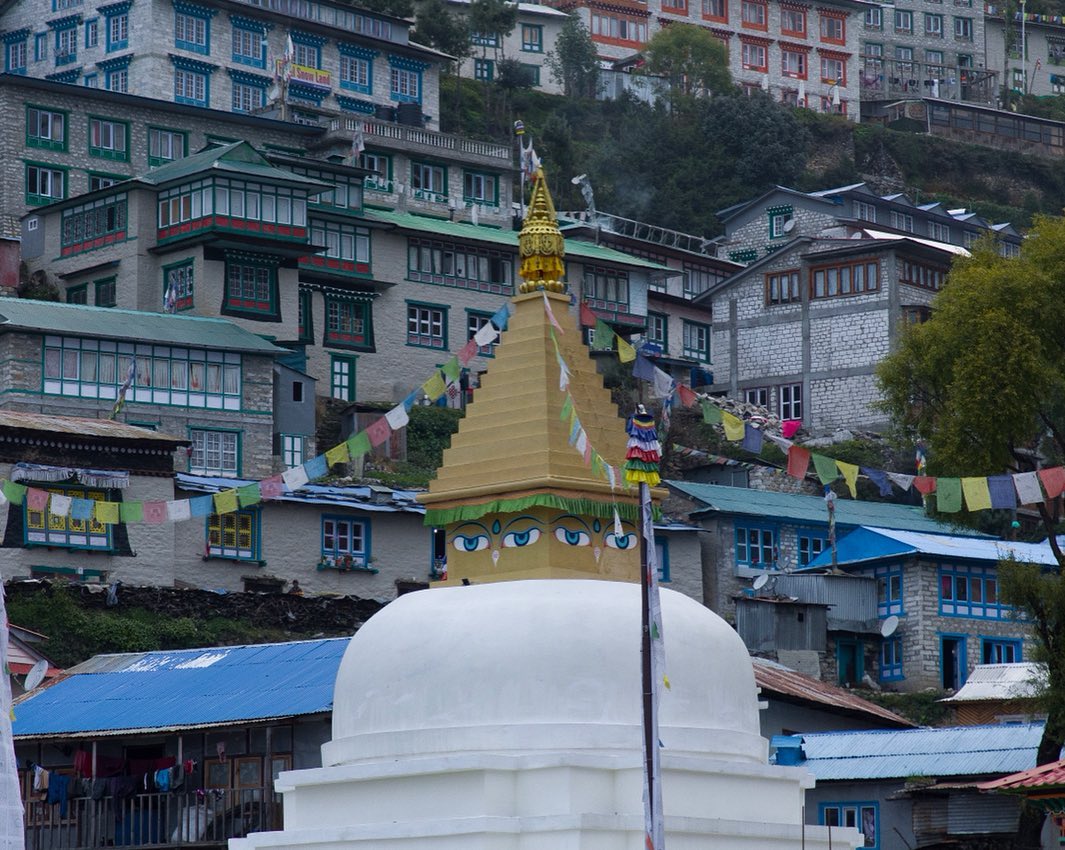

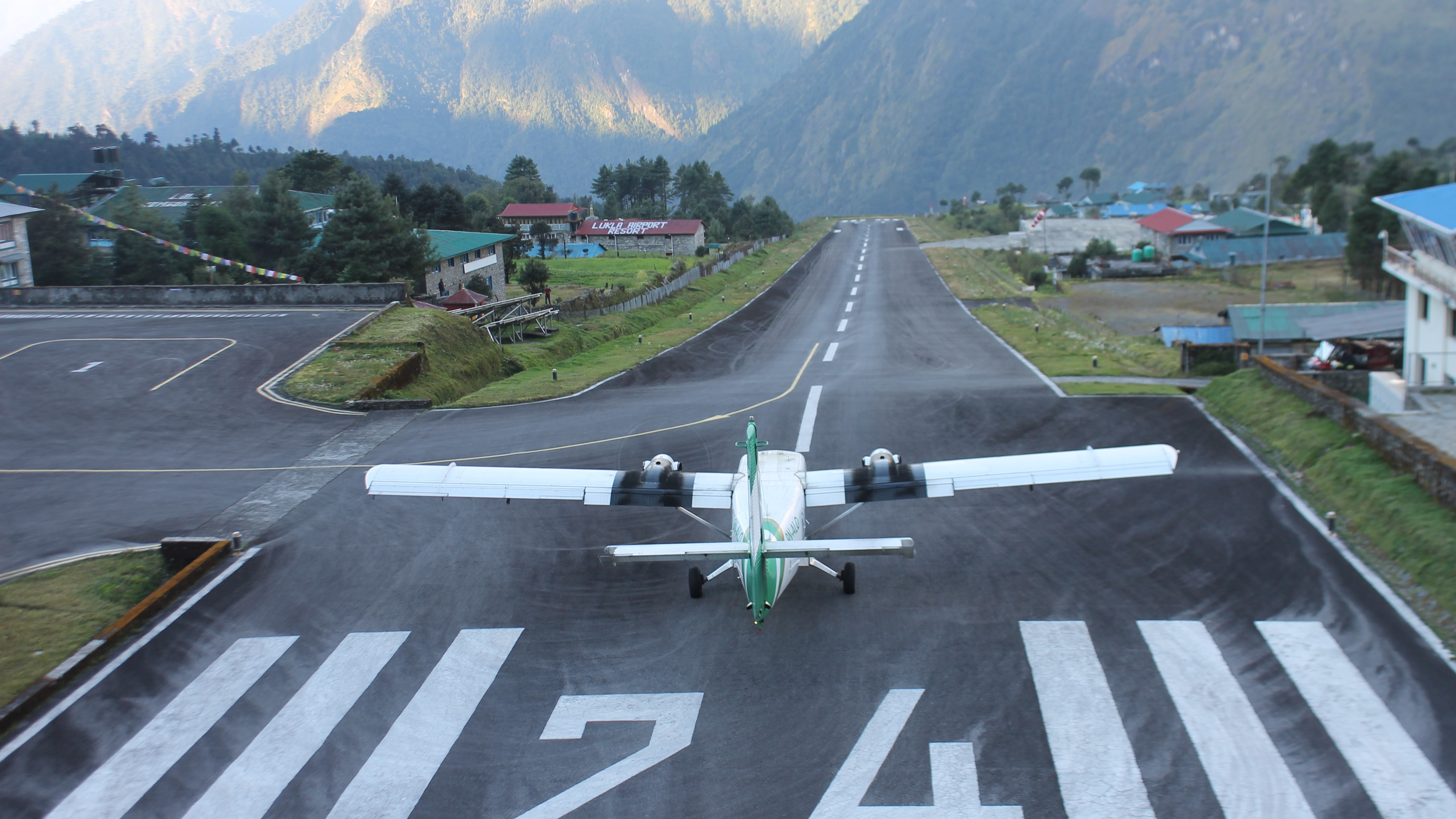



 based on 9 reviews
based on 9 reviews
